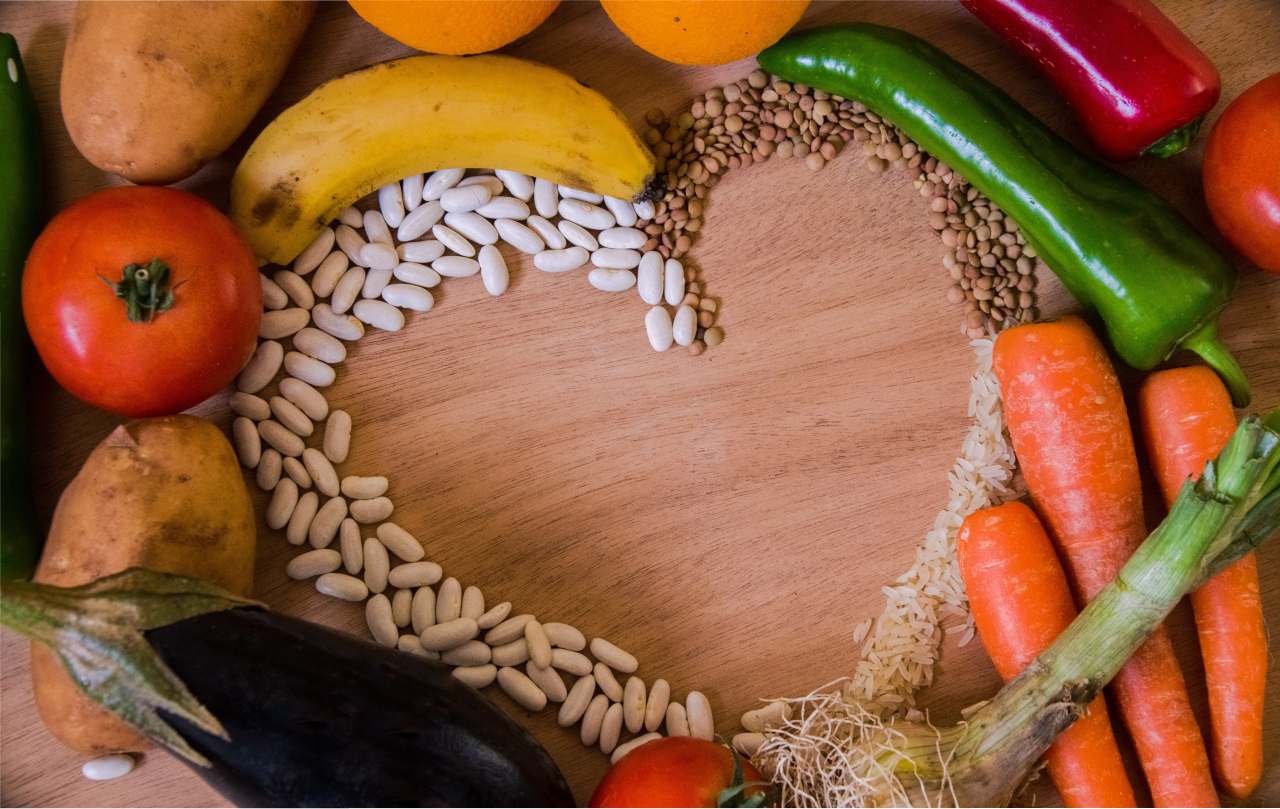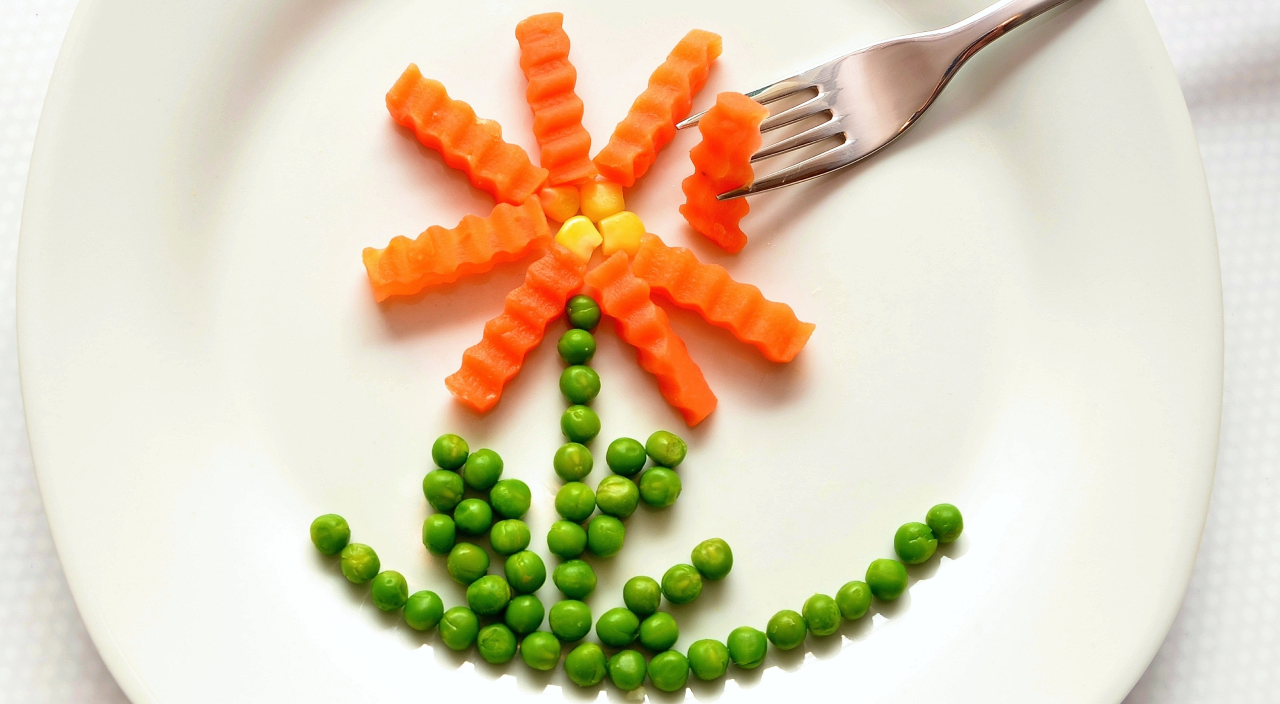Pulses are a versatile food that can be eaten for breakfast, lunch, snack or dinner.
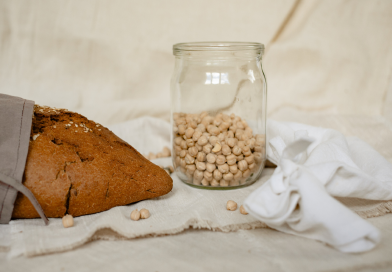
Chickpeas are high in fiber and protein, and contain several key vitamins and minerals.
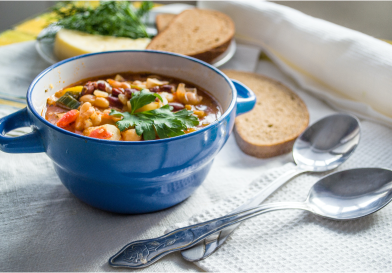
An important mineral in lentil is the Iron; which helps increase energy and metabolism.
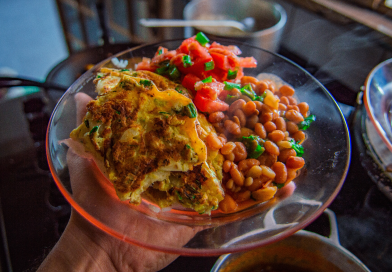
Beans are high in protein, starch and soluble fiber amongst other
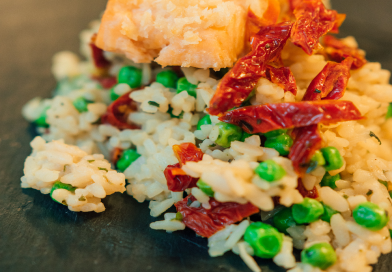
Peas contains vitamin K and are rich in protein and fiber.

Due to the large amount of fiber that oats have, it is an important food that helps control blood sugar levels.
